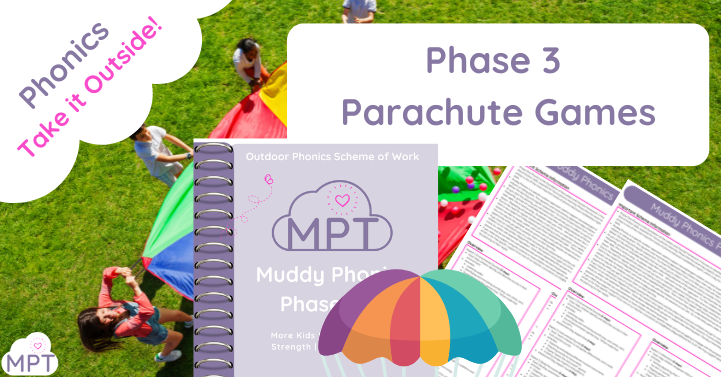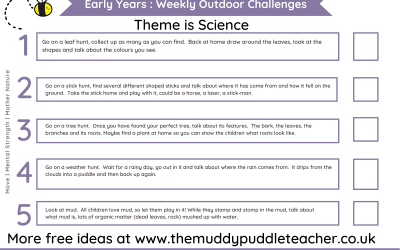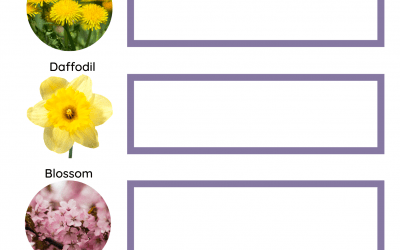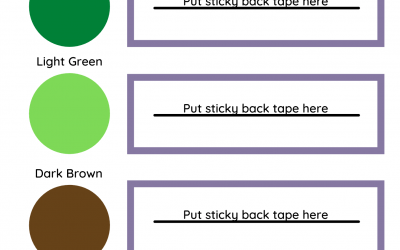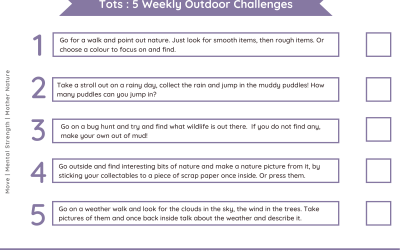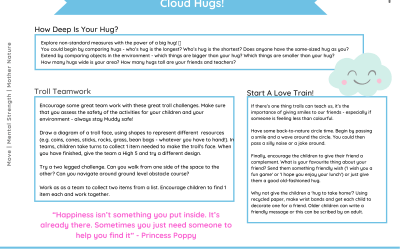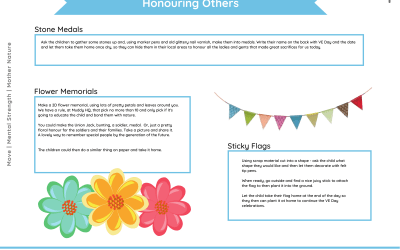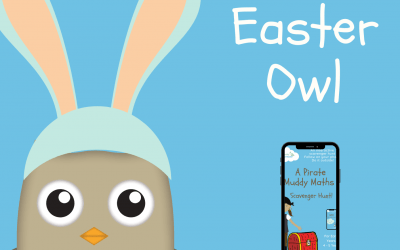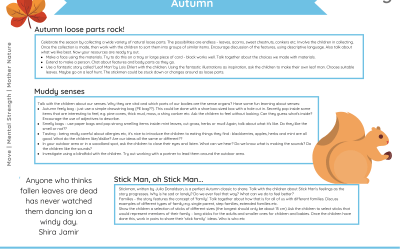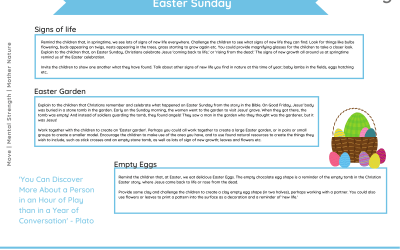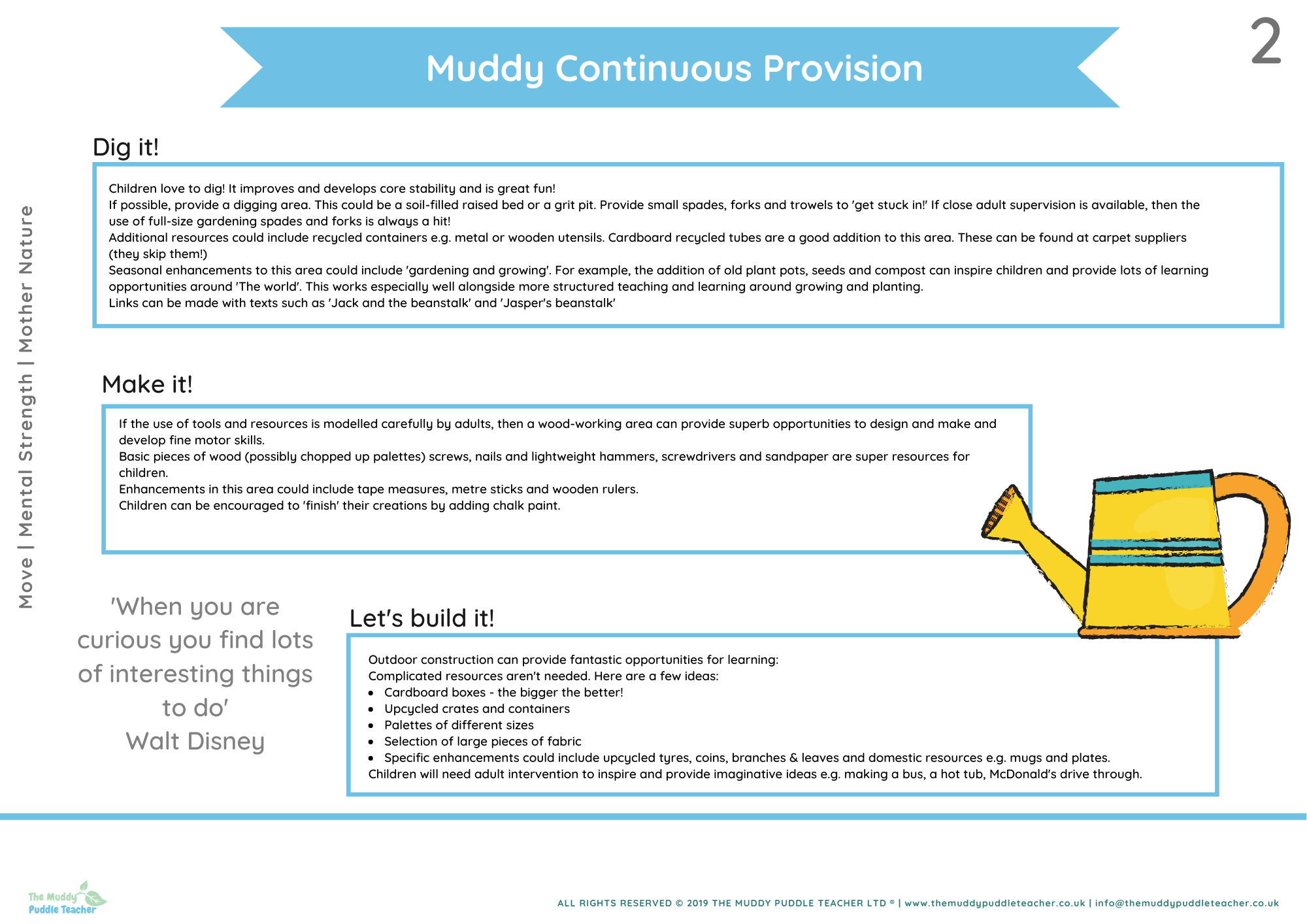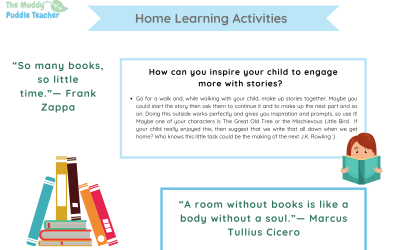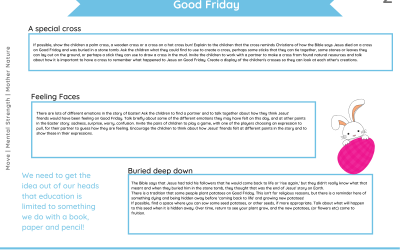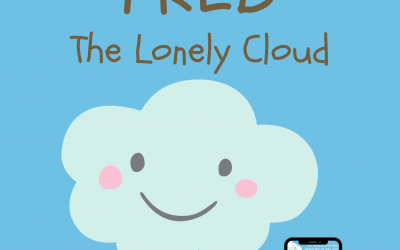Early Years Weekly Outdoor Challenges (Science KUW Theme) 5 daily ideas
Signs of Spring Activity Sheet
Jan 22, 2021
Use the Signs of Spring Activity Sheet to get the children outside applying their Science and knowledge in an active...
Autumn Colour Spotter Sheet Activity
Jan 22, 2021
Use the Autumn Colour Spotter Activity Sheet to get the children outside applying their maths while they connect with...
Summer Colour Spotter Activity Sheet
Jan 22, 2021
Use the Summer Colour Spotter Activity Sheet to get the children outside applying their maths while they connect with...
Spring Spotter Activity Sheet
Jan 22, 2021
Use the Spring Spotter Activity Sheet to get the children outside applying their maths while they connect with nature...
Winter Colours Art Activity Sheet
Jan 21, 2021
Use the fabulous Winter Colours Art Activity Sheet to get the children outside applying their maths while they connect...
Winter Colour Spotter Activity Sheet
Jan 21, 2021
Use the mud-tastic Winter Colour Spotter Sheet to get the children outside applying their maths while tey connect with...
Daily outdoor challenges Tots – Nature Theme
Jan 18, 2021
Daily outdoor challenges Tots - Nature Theme Nature Theme this is for muddy babies ages 0-2 years. Let the Muddy...
EYFS Trolls
Jan 6, 2021
EYFS Trolls Use Trolls EYFS to take positive power outside loud and proud! Time to shine 🙂 Like our Muddy ideas?...
EYFS VE Day
Jan 6, 2021
EYFS VE Day VE Day Family Pack How will I receive the resource? Once you have proceeded to checkout it will be...
EYFS Comprehension
Jan 6, 2021
The Easter Owl - eBook - EYFS - Ages 4-5 How will I receive the resource? Once you have proceeded to checkout it will...
EYFS All About Me
Jan 6, 2021
Exploring the "All About Me" Topic in Early Years Education The "All About Me" topic is a fundamental theme in early...
EY Easter Story
Jan 6, 2021
Early Years Easter Story In a nutshell: Taking the Easter Story outside may be just the inspiration you need to put an...
Outdoor Maths Continuous Provision Ideas
Jan 6, 2021
Outdoor Maths Continuous Provision In a nutshell: Trying to make continuous provision areas that are maths related can...
Early Years World Book Day
Jan 6, 2021
Early Years World Book Day In a nutshell: Use Muddy World Book Day Ideas pack to get activities and learning outside....
Early Years Signs of Spring
Jan 6, 2021
Early Years Signs of Spring In a nutshell: Want some fresh ideas on how to take Signs of Spring outside the muddy way?...
Early Years Easter Story
Jan 6, 2021
Early Years Easter Story In a nutshell: Why not try Outdoor Learning Easter Story Pack for EYFS. Gain inspiration on...
Outdoor Learning Comprehension: Fred the Lonely Cloud (eBook)
Jan 6, 2021
eBook Fred the Lonely Cloud PSHE : Outdoor Learning Comprehension Use eBook Fred the Lonely Cloud PSHE to help your...
New In
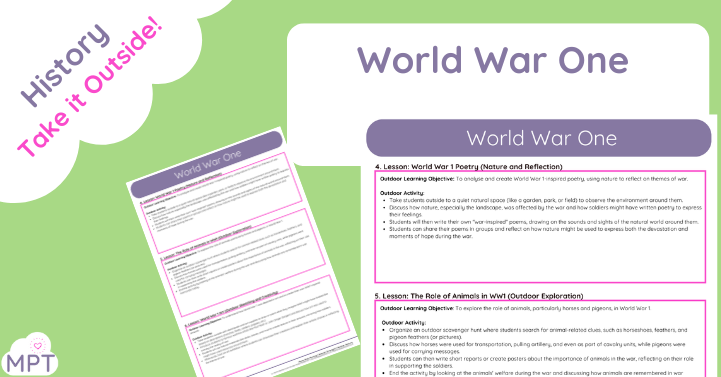
World War One Lesson Plan

Outdoor Teaching Ideas for EYFS
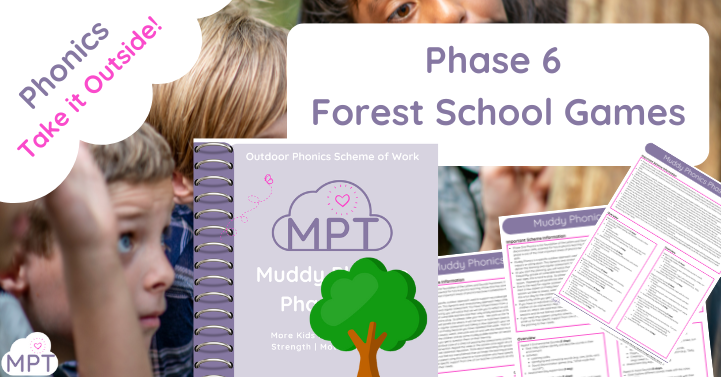
Forest School Games Phase Six
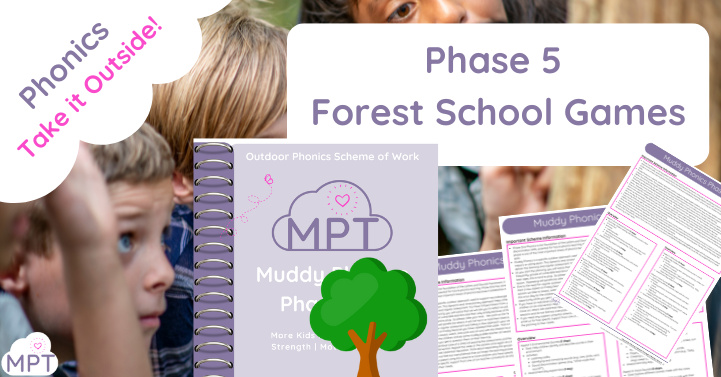
Forest School Games Phase Five
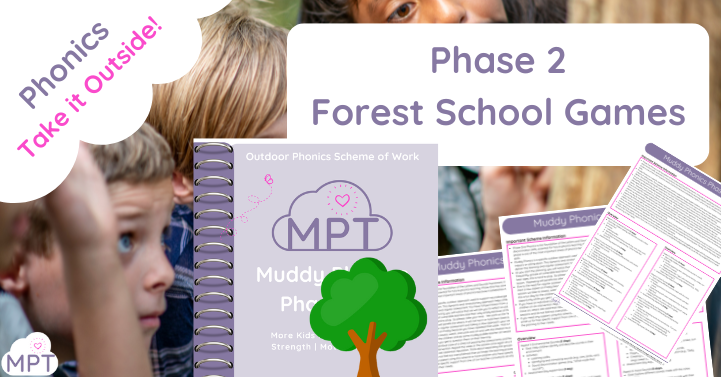
Forest School Phase 2 Phonics
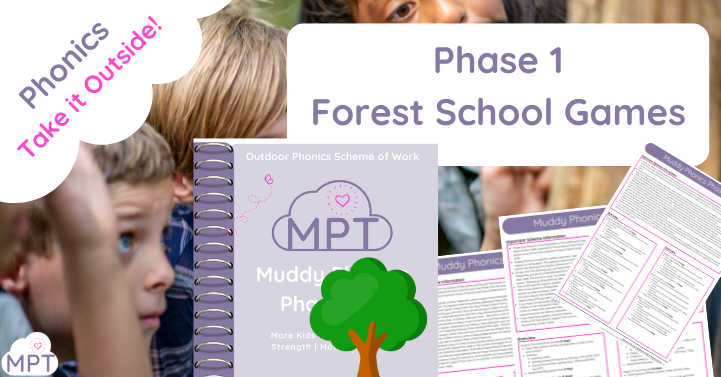
Forest School Phonics Games (Phase One)
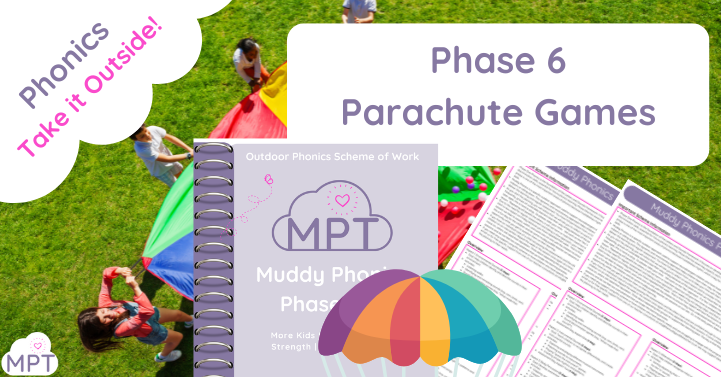
Phase 6 Phonics Games (Parachutes)
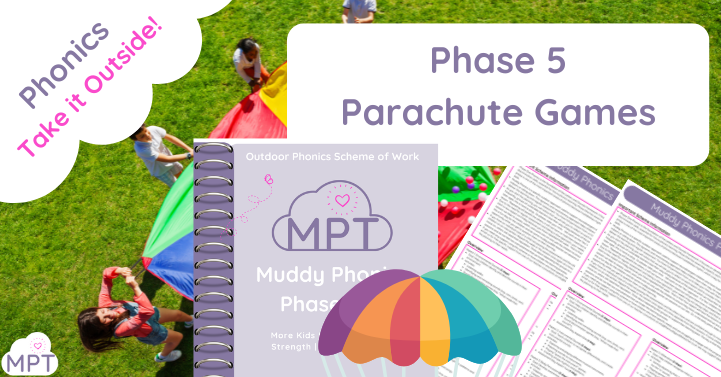
Phase 5 Phonics Games (Parachutes)
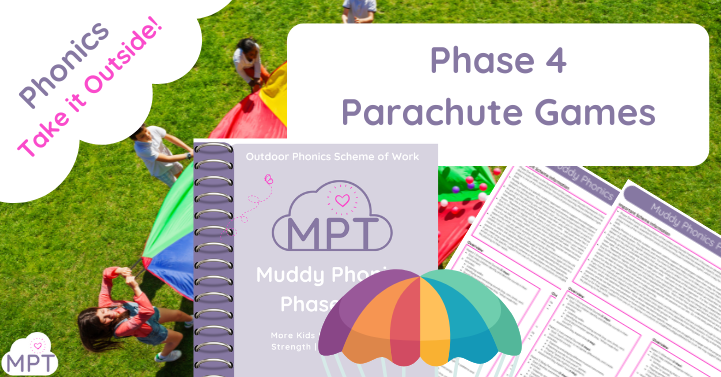
Phase Four Phonics Games (Parachutes)
